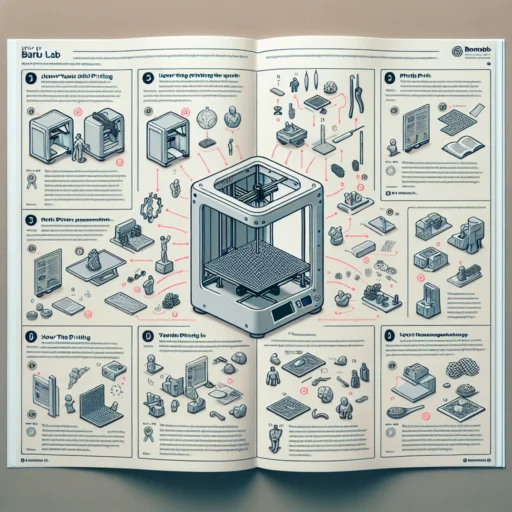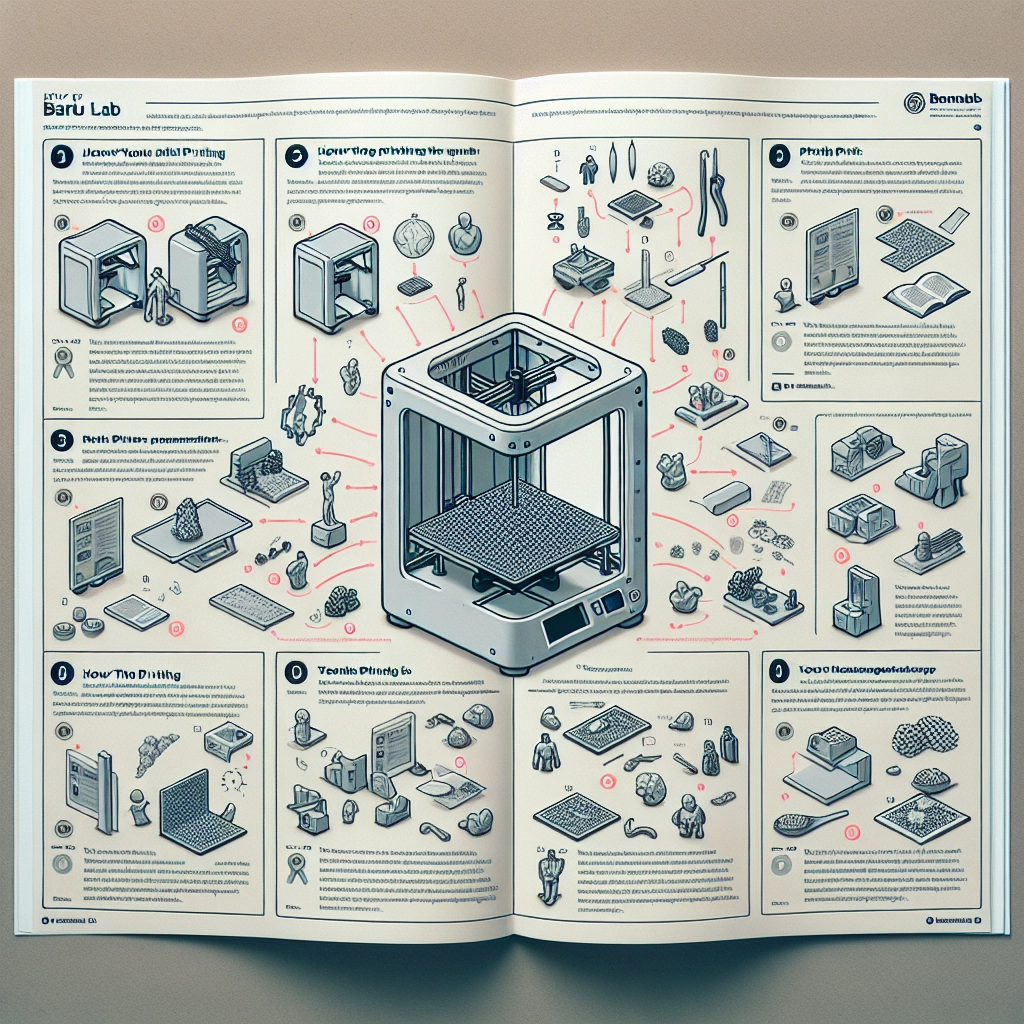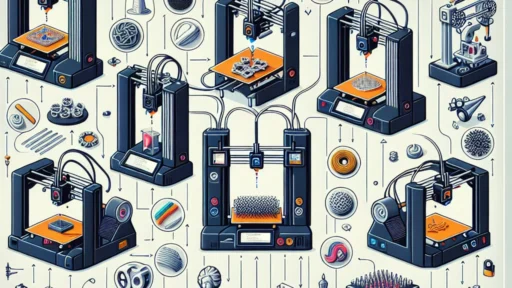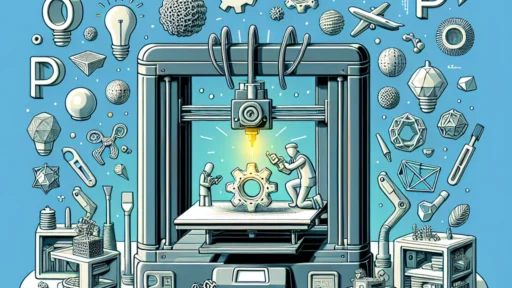Tips and Tricks for Successful 3D Printing with Bambu Lab
3D printing has evolved rapidly over the past few years, and with innovations like Bambu Lab, it’s easier than ever to produce high-quality prints. Bambu Lab is known for its reliable and accessible 3D printers, which are designed for both novice and experienced users alike. However, to achieve optimal results, it’s essential to understand how to utilize your Bambu Lab printer effectively. In this blog post, we will explore some valuable tips and tricks to ensure your 3D printing experience is a successful one.
1. Choose the Right Materials
The type of filament you choose can significantly affect the quality of your print. Bambu Lab printers are compatible with various materials, including PLA, ABS, PETG, nylon, and specialty filaments. Here are some pointers:
-
PLA (Polylactic Acid): Ideal for beginners because it’s easy to print with, biodegradable, and offers a crisp finish. Start with PLA to get a hang of the printing process before moving on to more complex materials.
-
ABS (Acrylonitrile Butadiene Styrene): Known for its strength and durability, but it requires a heated print bed and proper cooling to minimize warping. Be prepared for higher printing temperatures and ensure adequate ventilation since fumes can be released during printing.
-
PETG (Polyethylene Terephthalate Glycol): A versatile filament that combines ease of use and strength. It’s less prone to warping than ABS and can function well in various temperature conditions.
2. Calibration Is Key
Proper calibration of your 3D printer is paramount for achieving high-quality results. Bambu Lab printers usually come with automatic calibration features, but a manual check is highly recommended:
-
Bed Leveling: Ensure that the print bed is level before starting your print. A tilted bed can lead to uneven adhesion, resulting in failed prints.
-
Nozzle Height: The distance between the nozzle and the print bed must be correctly set. Too close can cause clogs, while too far can lead to poor adhesion.
-
Temperature Settings: Make sure to use the correct printing temperatures for your chosen filament. Too hot can lead to drips and stringing, while too cold can create weak and brittle prints.
3. Optimize Slicing Settings
Using the right slicing software is crucial for converting your 3D models into instructions that your printer understands. Here are some slicing tips for Bambu Lab printers:
-
Layer Height: Choose a layer height based on your print’s resolution needs. A lower layer height results in finer detail but increases print time, while a higher layer height speeds up the process at the expense of detail.
-
Print Speed: Adjust the print speed according to material and design complexity. Faster speeds can lead to inaccuracies, so find a balance based on your specific project needs.
-
Infill Density: For most prints, a 20-30% infill density creates a strong structure without excessive material use. For functional parts, you might want to increase that density for added strength.
4. Post-Processing Techniques
Once your print is complete, post-processing can enhance aesthetics and functionality:
-
Removing Support Structures: If prints require support material, carefully remove it with pliers or hobby knives. Sanding the areas where supports were attached can improve the finished look.
-
Sanding and Painting: For a smoother finish, sand the print lightly. After sanding, consider applying primer and paint for a professional look.
-
Sealing: Certain materials, especially those that are porous, can benefit from being sealed with a clear coat. This not only enhances durability but also improves the aesthetic appeal.
5. Regular Maintenance
Keeping your Bambu Lab printer well-maintained is essential for longevity and print quality:
-
Clean the Nozzle and Bed: Regularly ensure that the nozzle is free of filament residue and that the print bed is clean for optimal adhesion.
-
Check for Loose Parts: Periodically check belts, screws, and other components to make sure they are tight and functioning correctly.
-
Update Firmware: Keep your printer’s firmware updated to benefit from the latest features and bug fixes.
Conclusion
3D printing with Bambu Lab can be a rewarding experience, allowing you to bring your designs to life. By following these tips and tricks, you can enhance your printing skills, resulting in successful and satisfying prints. Remember, patience and experimentation are key to mastering this technology. Don’t hesitate to try new materials and settings, and most importantly, enjoy the creative journey of 3D printing!






